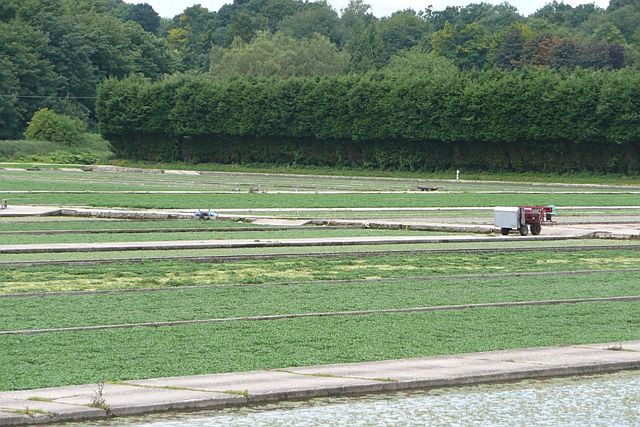Salmon & Trout Conservation (S&TC) and Vitacress have joined forces to help reduce phosphate outputs from the watercress industry.
In-river phosphate and invertebrate sampling commissioned by S&TC on the River Itchen, a Special Area of Conservation, has indicated the river is suffering for excess phosphates and fine sediment, from a variety of sources, which has resulted in the river being a shadow of its former self, despite its protected status.
Seizing on the opportunity presented by Vitacress’ plan to bring its Pinglestone Farm on the Itchen back to full commercial production in 2018, S&TC, together with Portsmouth University, will continuously monitor phosphate output throughout the process and work with Vitacress to develop effective farming and water management methods to resolve any issues uncovered by the monitoring.
Paul Knight, S&TC CEO said “We believe continuous monitoring of phosphate levels in industry discharges is the only way to fully capture seasonal peaks and better understand the impacts these discharges are having on the river. We applaud Vitacress for working with us to go beyond the EA’s current monthly spot checks – to properly monitor the impact of the watercress industry on the river environment. We will work together to ensure this data drives improvements in the rivers ecology, while ensuring watercress is a truly environmentally sustainable product.”
Chris Hall, MD of Vitacress Salads said “We’re delighted to be working together with S&TC and the University of Portsmouth as part of our ongoing commitment to sustainable farming. The learnings from Pinglestone will be applied across all Vitacress’ watercress farms, and shared with the industry to develop best practice in watercress farming. This fits with Vitacress’ values and our commitment to deliver fresh, tasty, healthy and nutritious watercress whilst protecting the environments in which we farm.”
Monitoring work
Effective 1st January 2016 new discharge permits were issued by the Environment Agency that set limits on phosphate discharges to the River Itchen system. For Pinglestone Farm these limits are set at 0.064 mg/l and are measured as an ‘Annual mean increase compared to the inlet sample’.
S&TC will install an autosampler at the Environment Agency discharge sampling point on Pinglestone farm.


